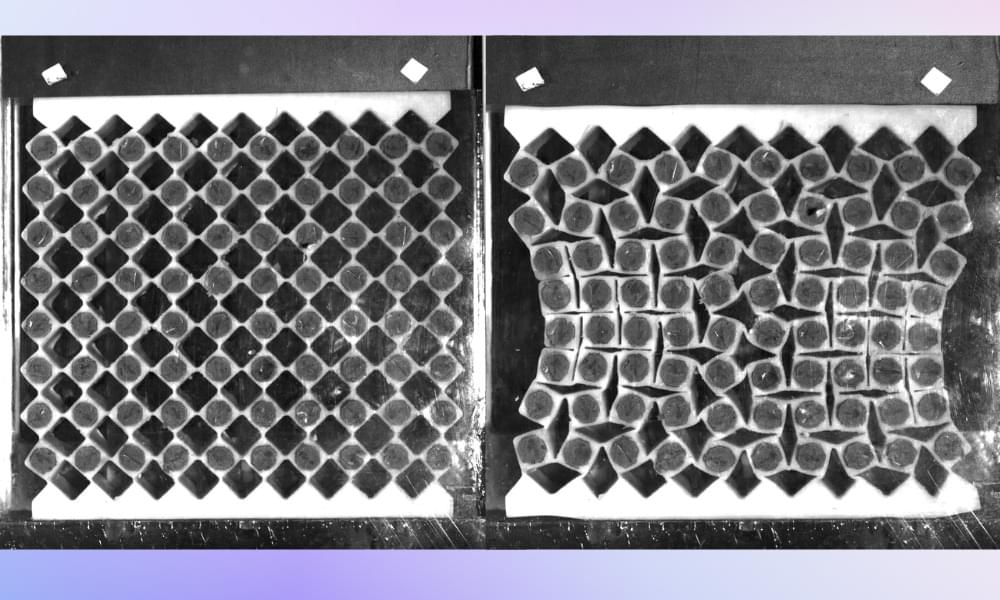What if with the condition machine super intelligence is possible once one comes into existence it sends von Neumann machines that converts solar systems into computers of like power and intelligence such machines would be factories miles long and they as well would be do the same until the entire galaxy would become an artificially intelligent entity procreating matrioska brains.
Adi Newton’s track from the compilation “The Neuromancers. Music inspired by William Gibson’s universe” published by Unexplained Sounds Group: https://unexplainedsoundsgroup.bandca… dl, cd, book. Music by: Adi Newton, NYORAI, Oubys (Wannes Kolf), Mario Lino Stancati, Joel Gilardini, Tescon Pol, phoanøgramma, Dead Voices On Air, SIGILLUM S, Richard Bégin, André Uhl. Stories by: Stories by: Andrew Coulthard, Chris McAuley, Glynn Owen Barrass, J. Edwin Buja, Michael F. Housel, Paolo L. Bandera, Rusell Smeaton, Scott J. Couturier. The soundtrack of a future in flux As the father of cyberpunk, William Gibson imagined a world where technology and society collide, blurring the boundaries between human and machine, individual and system. His novels, particularly Neuromancer, painted a dystopian future where sprawling megacities pulse with neon, corporations rule from the shadows, and cyberspace serves as both playground and battlefield. In his vision, technology is a tool of empowerment and control, a paradox that resonates deeply in our contemporary world. Gibson’s work has long since transcended literature, becoming a blueprint for how we understand technology’s role in shaping our lives. The term cyberspace, which he coined, feels more real than ever in today’s internet-driven world. We live in a time where virtual spaces are as important as physical ones, where our identities shift between digital avatars and flesh-and-blood selves. The rapid rise of AI, neural interfaces, and virtual reality feels like a prophecy fulfilled — as though we’ve stepped into the pages of a Gibson novel. A SONIC LANDSCAPE OF THE FUTURE The influence of cyberpunk on contemporary music is undeniable. The genre’s aesthetic, with its dark, neon-lit streets and synth-driven soundscapes, has found its way into countless genres, from techno and industrial to synthwave and ambient. Electronic music, in particular, feels like the natural soundtrack of the cyberpunk world — synthetic, futuristic, and often eerie, it evokes the idea of a humanity at the edge of a technological abyss. The cyberpunk universe forces us to confront uncomfortable truths about the way we live today: the increasing corporatization of our world, the erosion of privacy, and the creeping sense that technology is evolving faster than we can control. Though cyberpunk as a literary genre originated in the 1980s, its influence has only grown in the decades since. In music, the cyberpunk ethos is more relevant than ever. Artists today are embracing the tools of technology not just to create new sounds, but to challenge the very definition of music itself. THE FUTURE OF MUSIC IN A CYBERPUNK WORLD Much like Gibson’s writing, the music in this compilation embraces technology not only as a tool but as a medium of expression. It’s no coincidence that many of the artists featured here draw from electronic, industrial, and experimental music scenes—genres that have consistently pushed the boundaries of sound and technology. The contributions of Adi Newton, a pioneering figure in cyberpunk music, along with artists such as Dead Voices On Air, Sigillum S, Tescon Pol, Oubys, Joel Gilardini, phoanøgramma, Richard Bégin, Mario Lino Stancati, Nyorai, Wahn, and André Uhl, each capture unique facets of the cyberpunk universe. Their work spans from the gritty, rebellious underworlds of hackers, to the cold, calculated precision of AI, and the vast, sprawling virtual landscapes where anything is possible—and everything is controlled. These tracks serve as a sonic exploration of Gibson’s vision, translating the technological, dystopian landscapes of his novels into sound. They are both a tribute and a challenge, asking us to reflect on what it means to be human in a world where technology has permeated every corner of our existence. Just as Gibson envisioned a future where humanity and machines converge, the artists in this compilation fuse organic and synthetic sounds, analog and digital techniques, to evoke the tensions of the world he foretold. Curated and mastered by Raffaele Pezzella (Sonologyst). Layout by Matteo Mariano. Cat. Num. USG105. Unexplained Sounds Network labels: https://unexplainedsoundsgroup.bandca… https://eighthtowerrecords.bandcamp.com https://sonologyst.bandcamp.com https://therecognitiontest.bandcamp.com https://zerok.bandcamp.com https://reversealignment.bandcamp.com Magazine and radio (Music, Fiction, Modern Mythologies) / eighthtower Please subscribe the channel to help us to create new music and videos. Great thanks to the patrons and followers for supporting and sustain the creative work we’re doing. Facebook:
/ unexplaineds… Instagram:
/ unexplained… Twitter:
/ sonologyst.






